Ceiling insulation is one of the most crucial finishes for your home if you need to preserve heat inside. The concern now is if you'll also need to protect your ceiling from moisture produced by insulation. You may be asking whether it is vital to have a vapor barrier. We've thoroughly researched this topic and have a detailed explanation and answer for you.
It is necessary to build a vapor barrier in conjunction with ceiling insulation in ceilings. Vapor barriers protect structures from decay by preventing condensation and moisture from accumulating and deteriorating building components. If you construct your home in a climate with high humidity, a vapor barrier can be a crucial source of protection against problems caused by excess moisture.
There are numerous situations where a vapor barrier is a must in ceiling insulation which will be tackled here. We will also discuss how to install a vapor barrier on the ceiling. Continue reading to learn the importance of vapor barriers to your ceiling insulation.
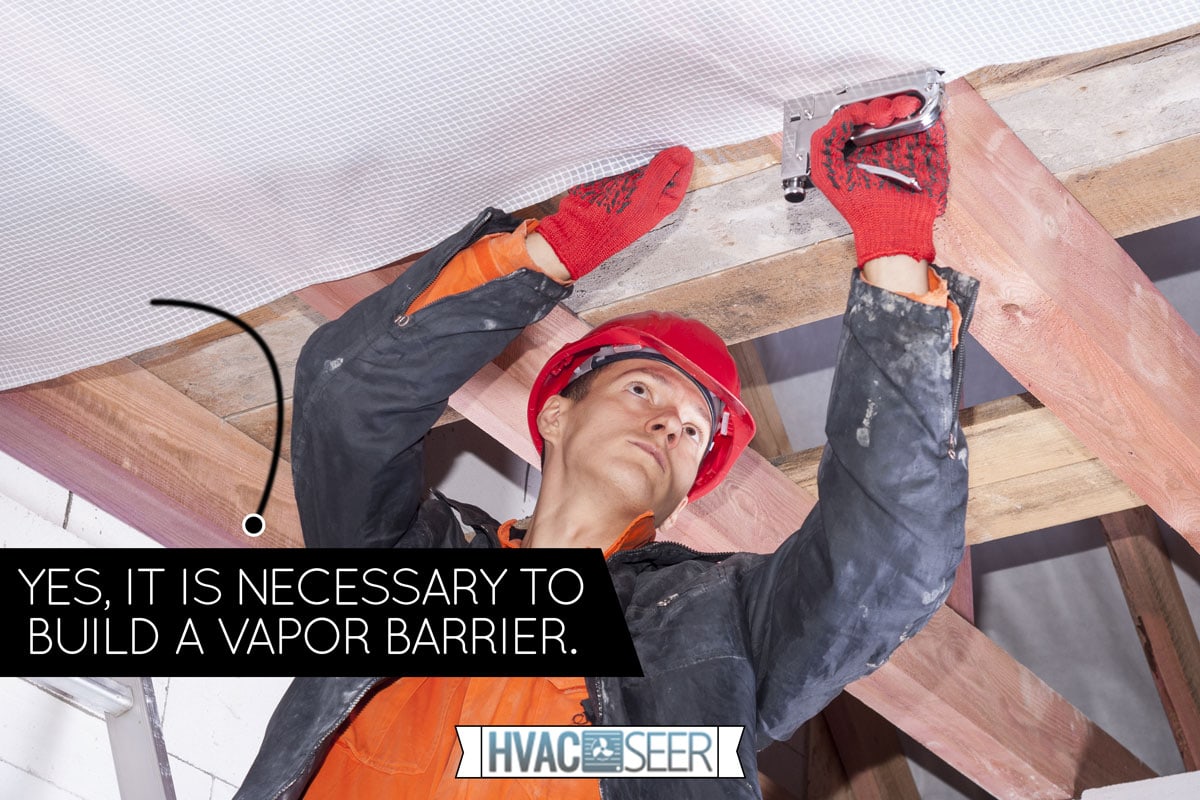
Vapor Barrier In Ceiling Insulation
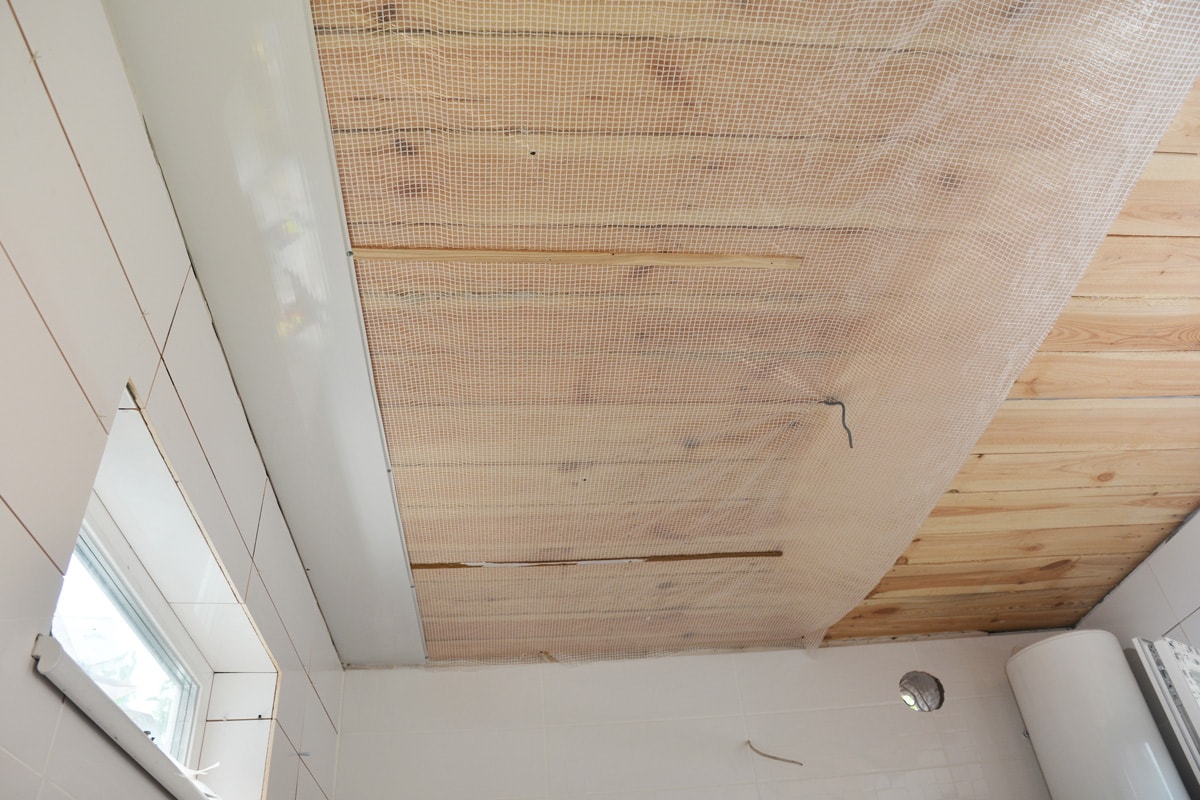
A vapor barrier is a sheet used for damp proofing to prevent the vapor from entering various building assemblies such as walls, roofs, foundations, and floors. Plastic and aluminum sheeting are the most typical materials for vapor barriers.
Air and vapor circulate freely, and water vapor prefers to flow from warmer to colder places. Due to this temperature difference, the air will contain excessive water vapor, causing condensation and dew to develop on the ceiling. The amount of water you get rid of increases with increasing air temperature.
If water vapor can permeate the insulation, this may lead to deterioration such as decay and discoloration. This ongoing degradation will eventually have a substantial negative impact on the insulation's effectiveness. As a result, mold will begin to form, a highly undesirable outcome.
In most instances, a vapor barrier is an essential and highly advantageous complement to ceiling insulation. Vapor barriers are relatively simple modifications to insulation. Yet they are highly effective in increasing the energy efficiency and comfort in a typical commercial or residential structure while minimizing problems caused by moisture and dampness. They are good against humidity both indoors and outdoors.
Click here to see this Blue Summit Supplies Vapor Barrier on Amazon.
How Do You Install A Vapor Barrier On A Ceiling?
When it comes to installation, vapor barriers are not very difficult. However, you should use a vapor barrier properly to guarantee that it achieves its intended purpose. The results can be catastrophic if a vapor barrier is improperly placed in the incorrect climate.
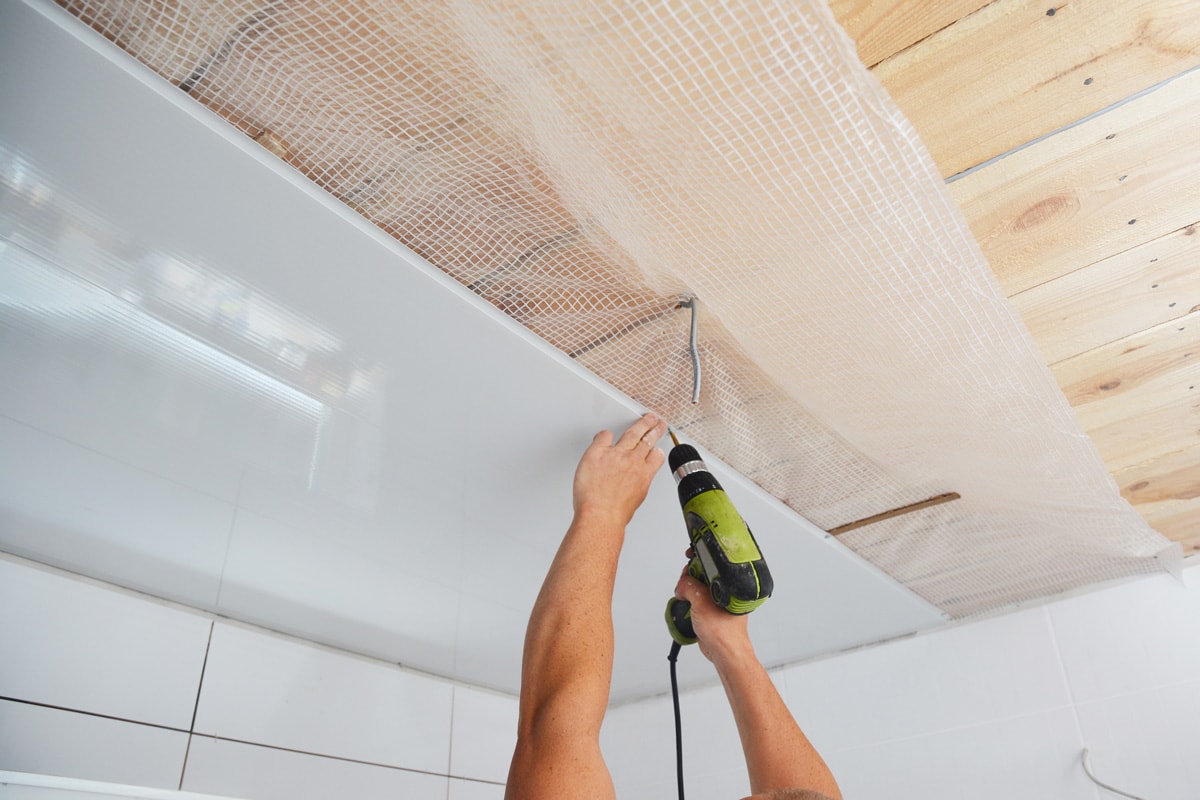
You must first ensure that there is no moisture accumulation behind your insulation. Creating vapor barriers between the insulation and the remainder of the space is essential. Ensure that the vapor barrier is placed on the inside portion of the insulation, as this is where cold air and warmer surfaces typically combine to generate condensation.
Ensure that everything is covered, as this is the most crucial consideration. The most important thing to watch out for is ensuring no bare spots or holes are left after installation.
Any exposed spaces left by the vapor barrier will become a problem in the future, as this is where moisture will begin to sneak in and compromise the insulation. Caulk can fill minor holes to ensure the insulation is adequately sealed and protected from moisture.
Click here to see Gorilla Sealant on Amazon.
Areas That Need Vapor Barrier In Their Home
Different environments have different requirements for vapor barriers to prevent moisture damage to a home. While the idea of installing a vapor barrier appears straightforward, there are some variables to consider:
1. Extremely Cold Areas
In extremely cold areas, installing polyethylene plastic vapor barriers between the insulation and inner wallboard may be advantageous, provided all air leaks and ceiling cavities are sealed.
2. Extremely Hot And Humid Areas
Extremely hot and humid areas may benefit from an exterior vapor barrier that prevents the infiltration of outside humidity into walls.
3. Humid Environments
Plastic vapor barriers, such as restrooms and spas, are frequently recommended in humid environments.
Where Should The Vapor Barrier Be Installed?
Vapor barriers can increase energy efficiency and comfort in a typical commercial or residential structure while also minimizing problems caused by moisture and dampness. They protect various building assemblies such as their walls, roofs, foundations, and floors from the penetrating vapor.
Typically, it would be best to construct vapor barriers on the side of a wall that encounters the higher temperature; the inner surface in colder regions and the outside surface in warmer, more humid areas.
However, vapor barriers also have a drawback because you must be cautious about where to place them. In the worst-case scenario, moisture can freeze within the walls, accumulating until a thaw causes noticeable damage, such as discoloration in your walls and ceilings.
Do Vapor Barriers Cause Mold?
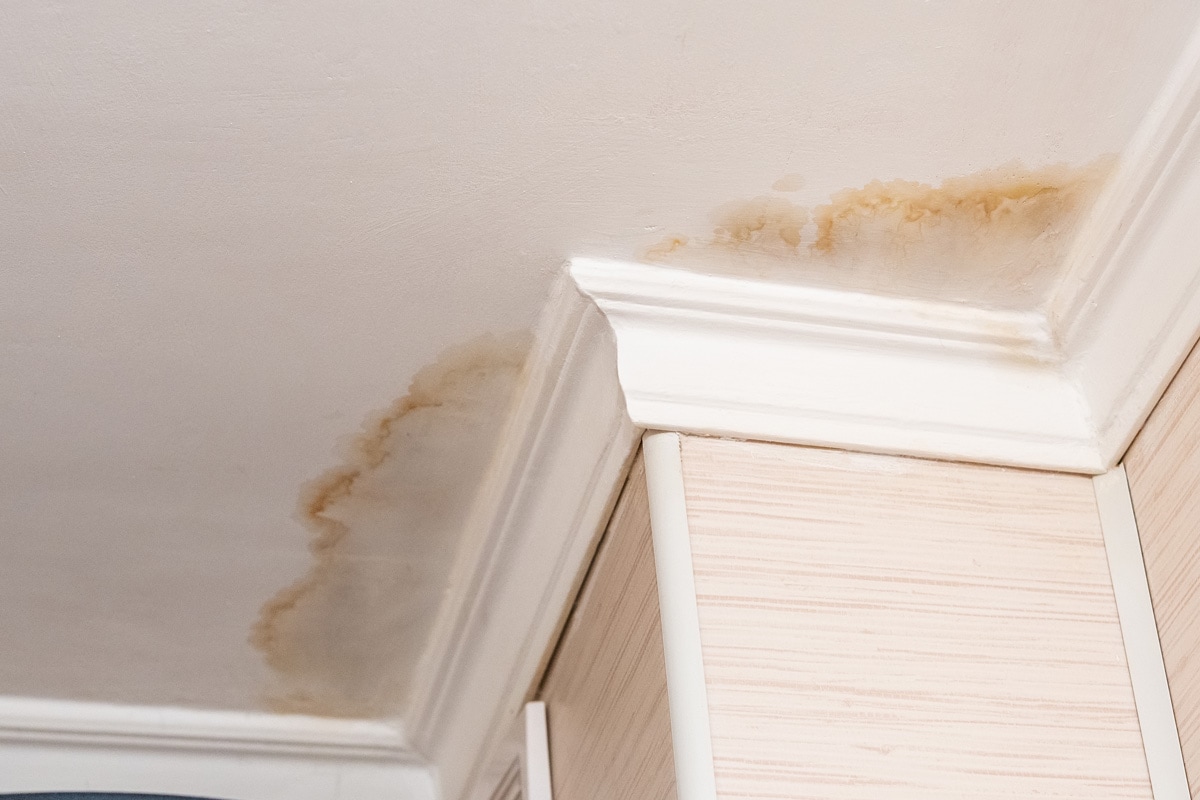
Polyethylene vapor barriers combined with air conditioning in homes can cause deterioration such as decay and discoloration due to condensation they may create.
Vapor barriers are more than just a piece of plastic hidden under the flooring. It's important that you place vapor barriers correctly to keep a home dry and insulated. An improperly installed vapor barrier might cause more harm to your house.
What Are The Alternatives For Vapor Barrier?
Vapor barriers can be made from various materials such as aluminum foil, glass sheets, vapor retarder paints, asphalt-coated kraft paper, and metal sheets.
Click here to see this kraft paper on Amazon.
Does Drywall Act As A Vapor Barrier?
Ideally, your home would have excellent sealing with drywall and latex. It is okay to not apply any vapor barrier, because by the time you paint the drywall, it can help lessen the diffusion of water vapor. Latex paint is classified as a Class III vapor barrier.
Click here to see this Rust-Oleum latex paint on Amazon.
Is Plastic Sheeting An Effective Vapor Barrier?
Something like plastic sheeting can also be a vapor barrier and effectively block moisture entry. This alternative can be to insulate an outside wall.
Click here to see this Warp Brothers plastic sheeting on Amazon.
Can I Use Aluminum Foil As A Vapor Barrier?
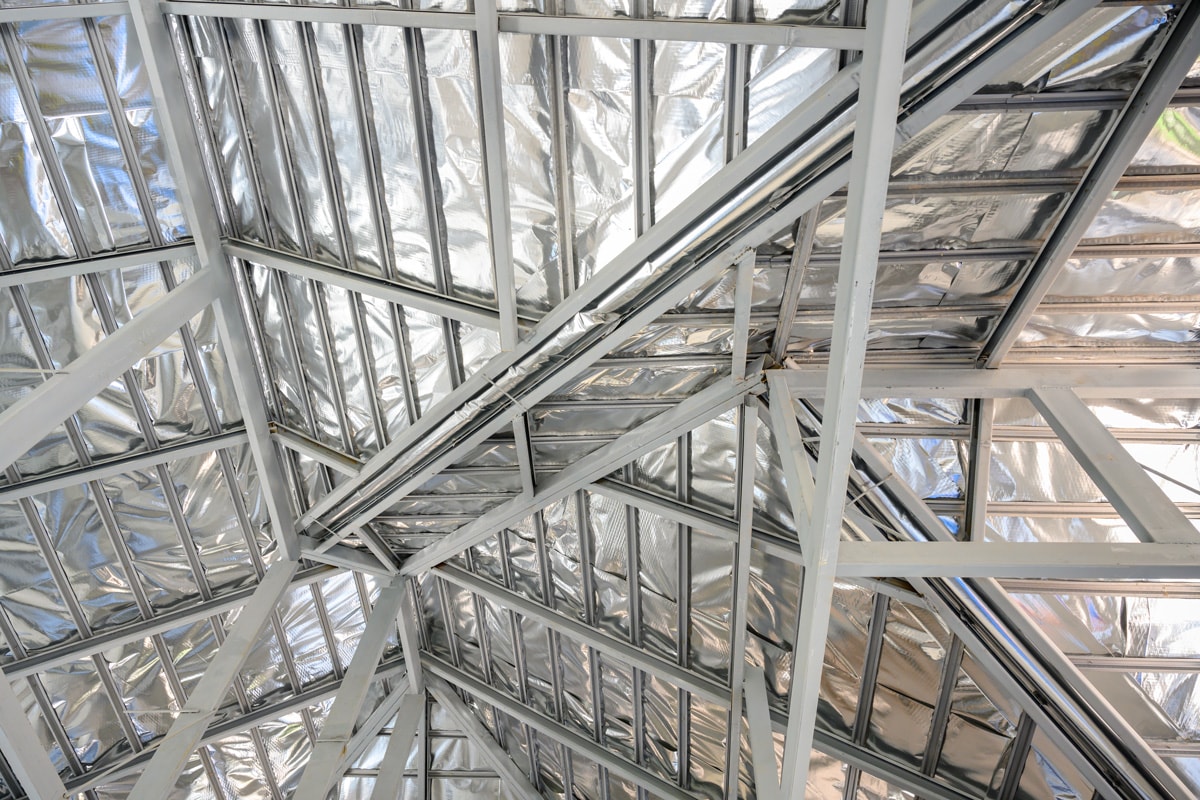
Aluminum foil can act as a vapor barrier. It is recommended in places like saunas and spas together with fiber-glass insulation. The sauna room should be well insulated, with the ceiling being the area that needs the greatest attention.
Click here to see this Reynolds Wrap aluminum foil on Amazon.
Do Exterior Walls Need Vapor Barrier?
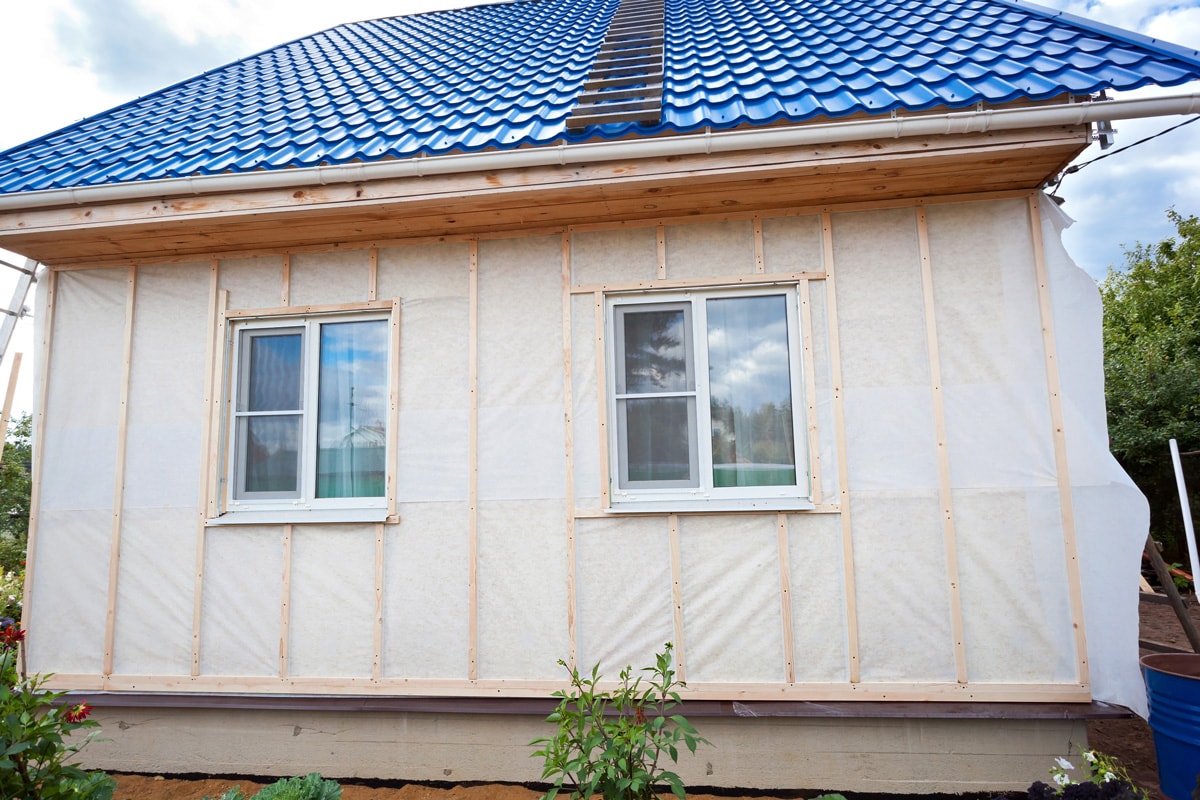
You should install the vapor barrier on the exterior of the insulation if the weather outside is typically hot and muggy. This is advised to prevent outside moisture from entering the colder interiors of the building.
Does Insulation Need To Breathe?
The insulation needs to "breathe" to function correctly. An adequate airflow to the exterior surfaces is necessary for insulation to work properly. The best technique to ensure optimum ventilation is to have an uninterrupted airflow across the length of the underside of the roof sheathing.
In the summer, attics are extremely hot, and if there isn't enough ventilation, condensation and humidity can cause the insulation to become moist. A well-aired attic will lower the surface temperature of the roof and remove moisture.
The best thing to do here is to use spray insulation. This method tightly seals and prevents moisture from entering, requiring less attic ventilation.
Final Takeaway
There are numerous advantages to installing a vapor barrier in a home or building. Experts recommend vapor barriers to reduce heat loss through walls, ceilings, and floors. It is also understood that it is equally crucial that vapor barriers are placed correctly and that walls can "breathe."
Additionally, it is advised that you construct an air barrier to prevent the air in your attic from becoming stagnant, which increases the likelihood of water vapor condensing into droplets. If you are unsure how to install vapor barriers, it is best to consult a specialist, as they will examine the size, architecture, and location of your home to determine the optimal option and the materials and solutions you should try.
Now that you understand vapor barriers, their importance, how and where to install them, and their drawbacks, you can better protect your home against water vapor.
If you enjoyed this post and want to know more about vapor barriers, check out these related posts:






